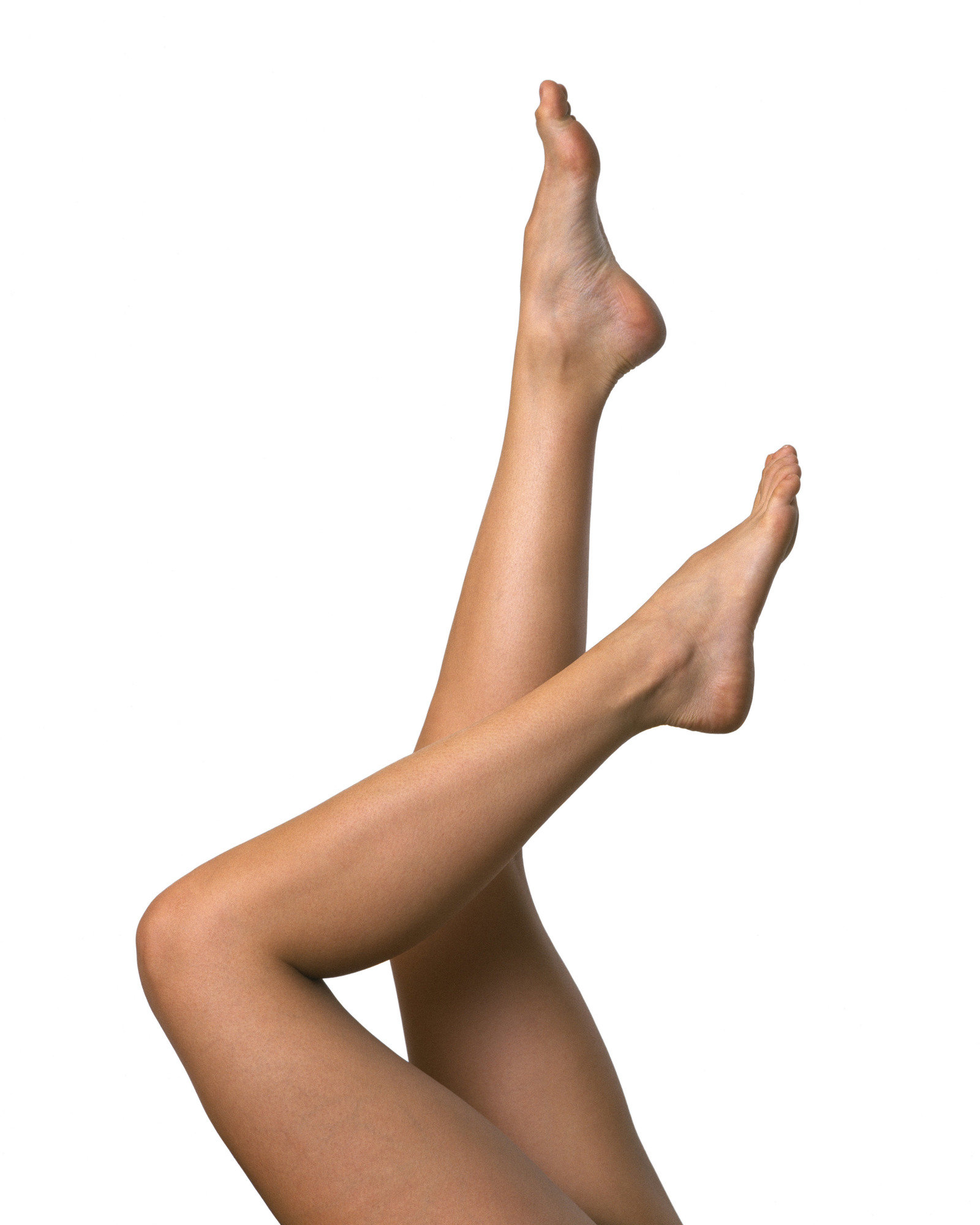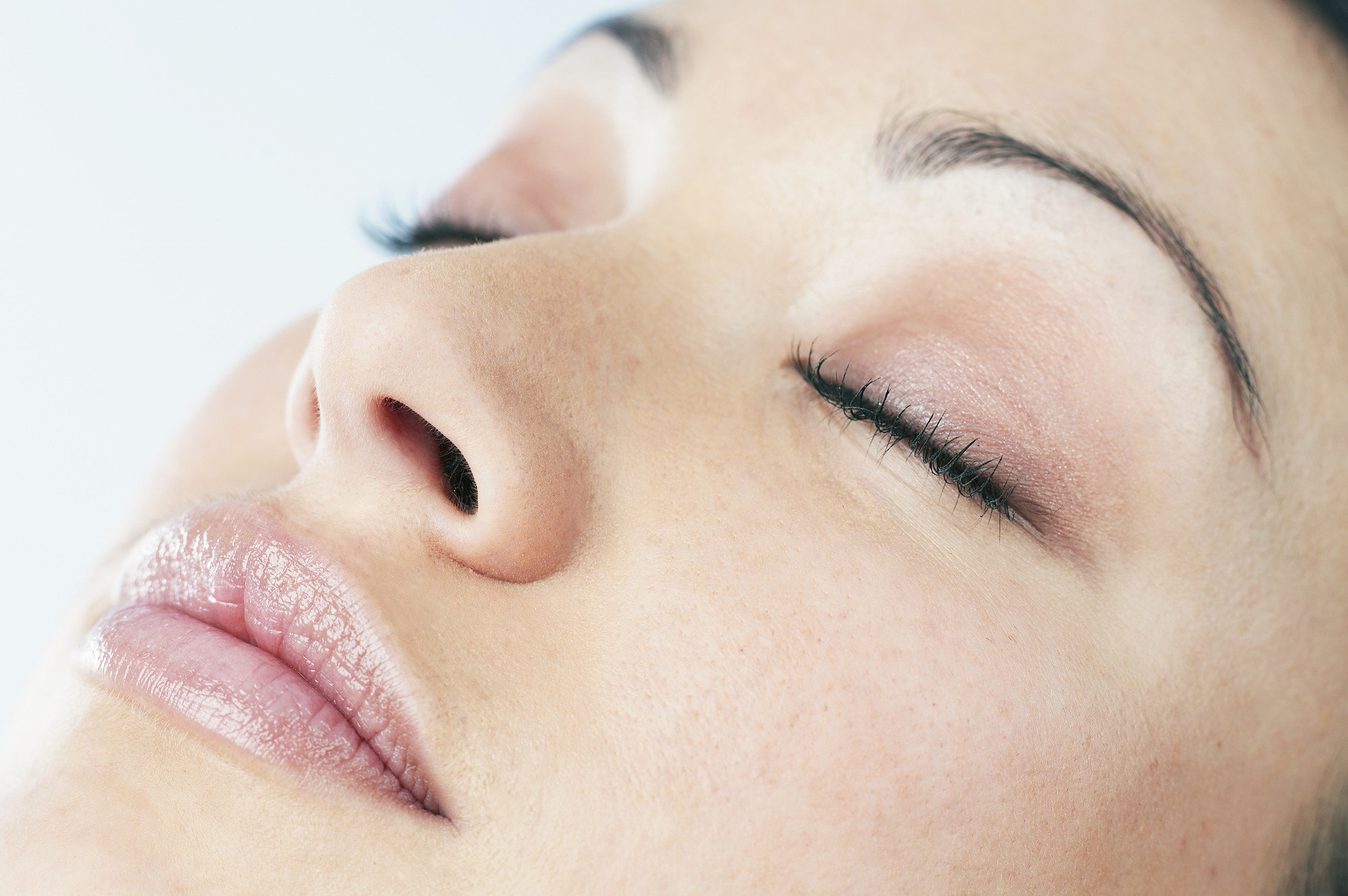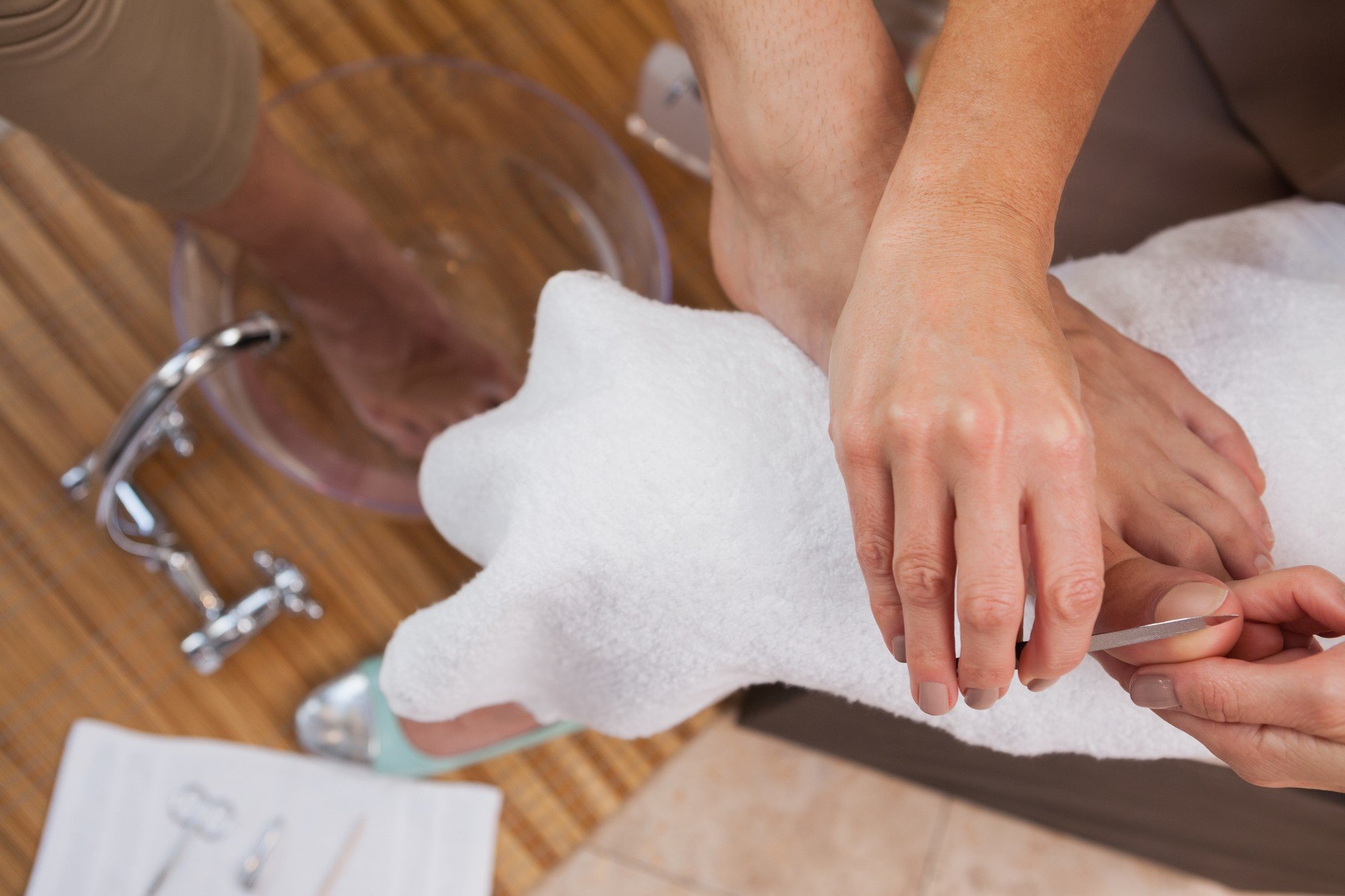Getting your nails done should be a relaxing experience, but that could quickly turn ugly if an infection hits. Dr. Robert Spalding, a Tennessee-based podiatrist and author of Death By Pedicure: Dirty Secrets of Nail Salons, found that 75 percent of nail salons in the U.S., "do not comply with the state's standards of disinfecting nail equipment." That means it's important to take your health into your own hands when visiting a nail salon. Here are the most common infections and red flags to look for.
Read more ¿Qué más?: Glass shattered nails + 9 other cool nail trends you need to try now
Image via Corbis
Warts

Warts are contagious and caused by the virus called human papillomavirus or HPV. This can be easily transmitted if equipment is not sanitized properly and could take months after your appointment to appear.
Athlete's foot

This is a fungal infection also called tinea pedis, which can be spread in a moist contaminated area–like foot baths. Itchy and irritated skin are the common symptoms.
Flu

From swine to avian, there are many types of flu viruses that are easily spread when in close contact with someone. Ideally, salon workers should wear protective disposable gloves for each customer.
Staph infection

Plenty of women go to the nail salon for waxes too. If the materials used are old and dirty, a staph infection or folliculitis can occur. The painful skin infection is caused when bacteria festers in the hair follicles.
Nail fungus

Fungal infections may not appear for months after your appointment. See a doctor if your nails start to turn yellow or discolored under the nail bed.
No protective gear

It's key that nail salon workers where protective gear, including goggles and gloves, while working. A 2014 government policy report explains that following protocol will significantlydecrease the spread of bacteria.
Quality of sanitation

Make sure that every item used during your manicure and pedicure is properly cleaned and sanitized. This means washing materials with warm water and soap for 10 to 15 minutes and using sanitizing machines.
Good ventilation

Ventilation is also key to ensuring that bacteria doesn't spread and promoting quality of air in the salon. There are plenty of chemicals you're being exposed to. You want to make sure there's an outside air source blowing air away from your face and vented out.
Clean wax

Make sure wax rollers are clean and beware of the double-dip! You want to make sure only clean tools touch the wax each and every time.




